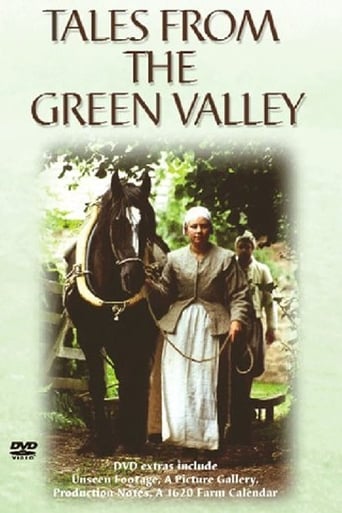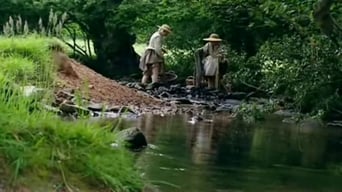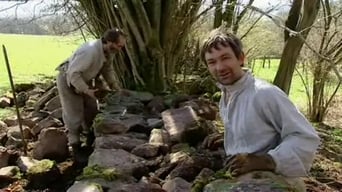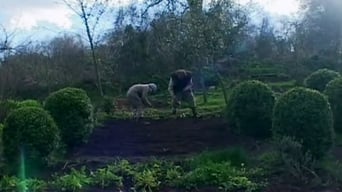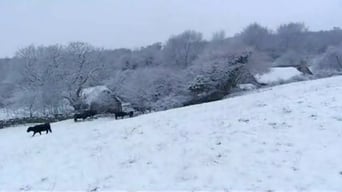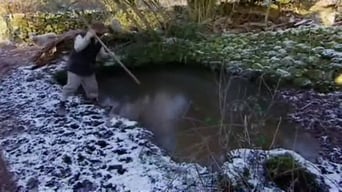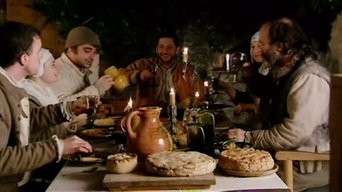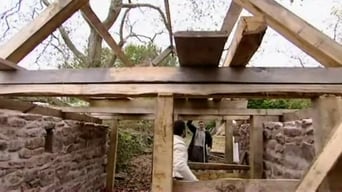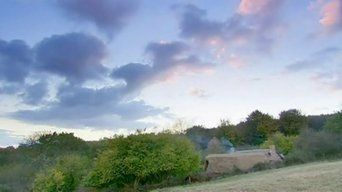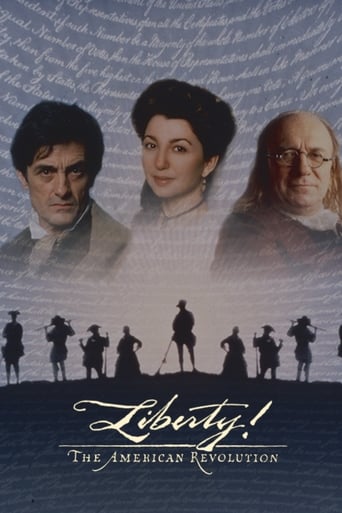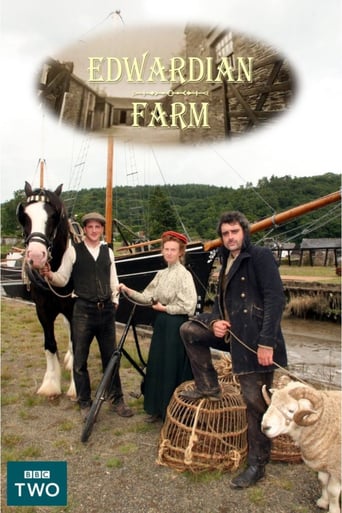Tales from the Green Valley Season 1
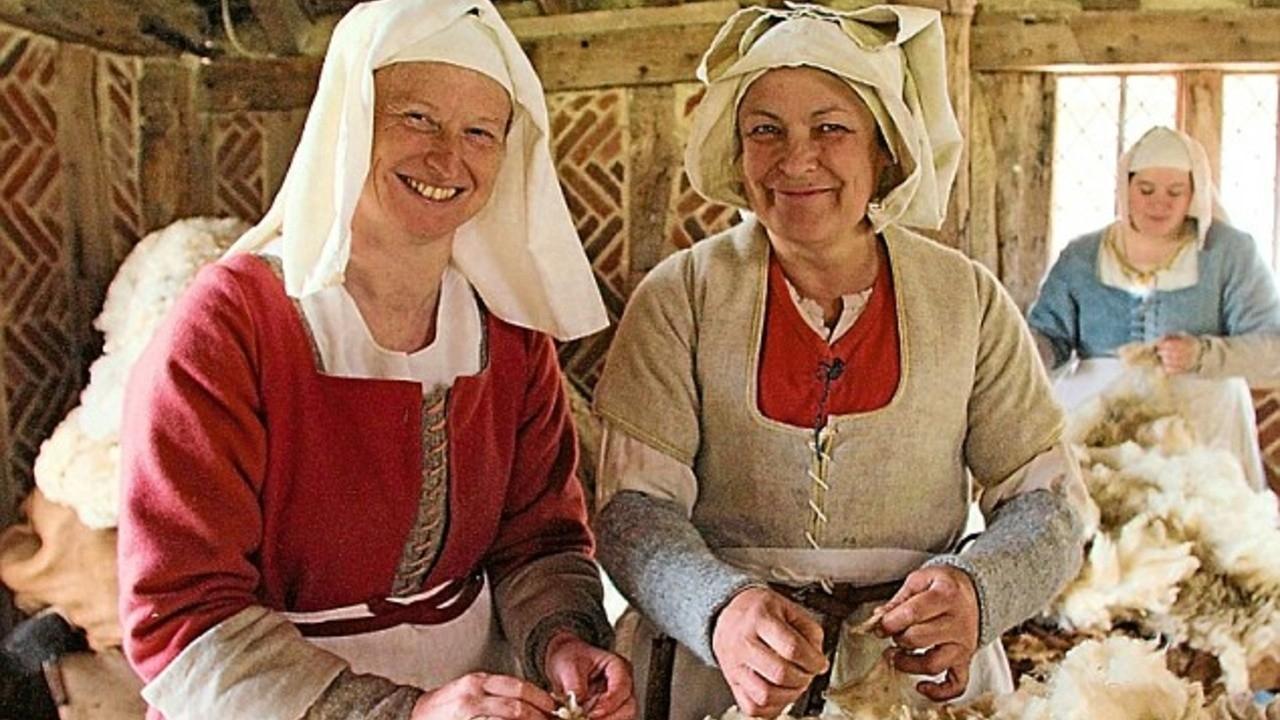
Follows historians and archaeologists as they recreate farm life from the age of the Stuarts. They wear the clothes, eat the food and use the tools, skills and technology of the 1620s.
Watch NowWith 30 Day Free Trial!
Tales from the Green Valley
2005
Twelve-part series in which five experts, archaeologists and historians take on the challenge of running a farm for a year as it would have been in the reign of King James I.
Watch Trailer
With 30 Day Free Trial!
Tales from the Green Valley Season 1 Full Episode Guide
The arrival of August sends the group into a frenzy of agricultural work as they prepare to leave, cutting the wheat and cooking the grain. Historian Stuart Peachey prepares the farewell dinner, including rustic goose pie, pureed white carrot and fermented cider - which the team use to toast their year of hard graft on the 17th-century farm. Last in series
The women make the most of the July weather by washing all the clothes and bedsheets in 'lye' - a mixture of ashes, water and fermented urine. Meanwhile, the men tackle the job of making hay in the meadow. Fonz reflects on the farmers' achievements as the team harvest the peas
Alex and Fonz face the daunting task of washing and shearing the sheep by hand, and are less than impressed with their refreshment - a 'posset' made from hot milk, ale, nutmeg and pepper. The team organise a festival to celebrate midsummer, with a feast of elderflower fritters, mutton and sops in wine. They also light a large fire and perform dances to ward off evil spirits
Alex and Fonz work overtime catching up on the spring sowing, opting to cut the furrows with their period breast plough instead of using the horse. Chloe milks the cow and the farmers make butter using a replica churn, before having a well-earned rest with a spot of 17th-century-style salmon fishing
The farmers give the house a spring clean, sweeping the chimney with a holly bush and dusting the place with a goose wing. They also care for a newborn calf, and attempt to build dry stone walls, while on the menu are a range of 17th-century veal dishes and an unusually green omelette
Spring arrives, bringing the promise of longer days and respite from the cold weather. The farmers begin to sow seeds and brew beer in preparation for the year ahead - but must first dig up overgrown brambles and weeds. Newborn piglets bring welcome entertainment, and the team try out a dangerously addictive 17th-century gambling game
A storm leaves the toilet damaged, so the team face the unenviable task of building another from scratch, while explaining the unusual ways in which human waste was used in the 17th century. A music specialist brings a collection of period instruments to entertain the farmers by the fire, and Lent heralds yet more culinary challenges
There's little food to be harvested in January, so a meal is created using the ham that's been preserved since Arthur the pig was killed, with pease pudding and whole grains. Meanwhile, Ruth Goodman uses a salve of herbs and animal fat to treat a cut on a patient also suffering with a painful elbow, for which her prescription is sage in oil
The historians and archaeologists try to take time out of their busy farming schedule to celebrate a 17th-century Christmas. They decorate their home with holly, ivy, rosemary and bay, and cut a giant yule log - once the centrepiece of Jacobean festivities. The team then cook a range of seasonal recipes, including mince pies which contain meat, and pease pudding
Alex Langlands and Peter Ginn make a wattle-and-daub wall for the cowshed, and a slaughterman arrives to kill the male pot-bellied pig. In accordance with 17th-century customs, the women in the group face the task of butchering the carcass - and the team use every part of the animal to create a range of traditional dishes, including hogs' liver pudding and pork sausages
The pressure of 17th-century living mounts as the farmers race to harvest a crop of pears, and try to build a shelter for the livestock before the weather worsens. A thatcher builds a roof for the cowshed using bracken, and the team drive the pigs into the woods to fatten them up on seeds and nuts. They then reward themselves for their hard work by cooking a traditional meal of spit-roasted mutton
Reality series in which archaeologists and historians reconstruct a 17th-century farm and maintain it for a year. Each episode follows a month's progress, as the experts attempt to grow crops and raise livestock using only methods in common practice during the reign of James I. In the first episode, a team of oxen are used to plough the field and the team try to bake bread
Free Trial Channels
Seasons


